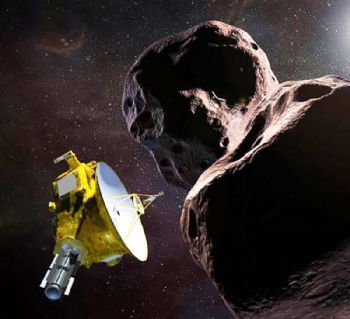
Chelmsford-based Teledyne e2v helped make history on New Year’s Day, when the American Space Agency’s New Horizons probe made a successful fly-by of Ultima Thule, a 30km-wide object that is 6.5 billion km from Earth in the Kuiper Belt.
Teledyne e2v (
www.teledyne-e2v.com) provided New Horizons with two specialist sensors: the Long-Range Reconnaissance Imager CCD47-20 is a black-and-white telescopic camera with a 1k x 1k pixel image sensor at its core; the other sensor, CCD96, powers Ralph, which is a 5k-wide multi-colour scanning imager.
New Horizons travels at 33,000mph, and the Kuiper Belt objects do not reflect a lot of light, so the image sensors were designed to be extremely sensitive.
Jeff Moore, New Horizons geology and geophysics team leader, said: “New Horizons is like a time machine, taking us back to the birth of the solar system.
“We are seeing a physical representation of the beginning of planetary formation, frozen in time. Studying Ultima Thule is helping us understand how planets form.”